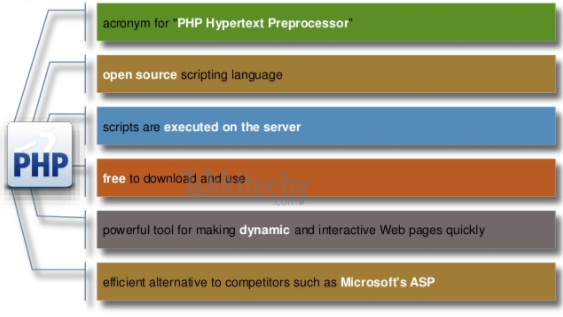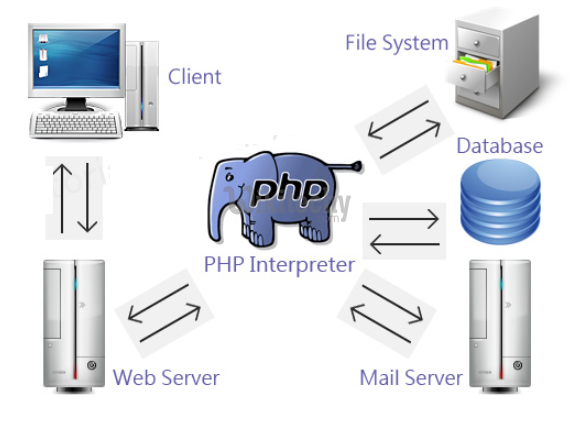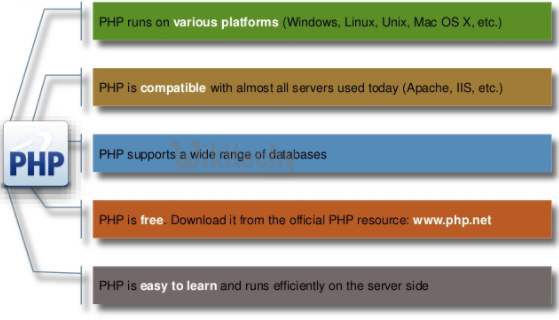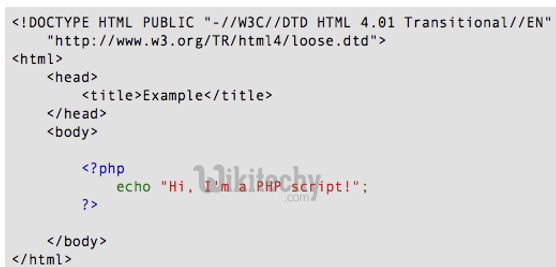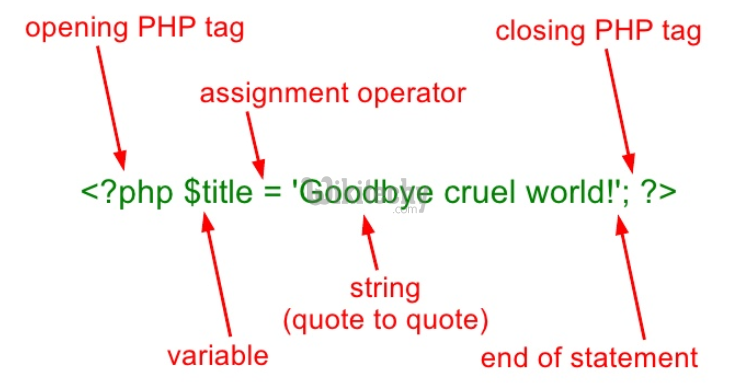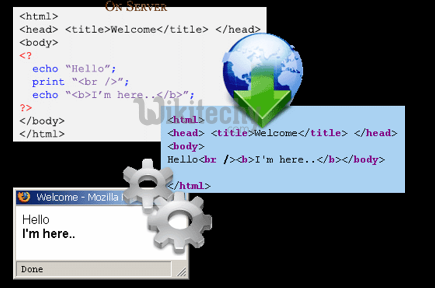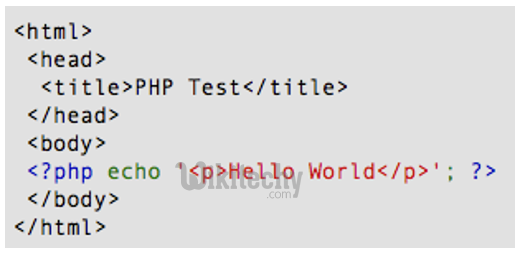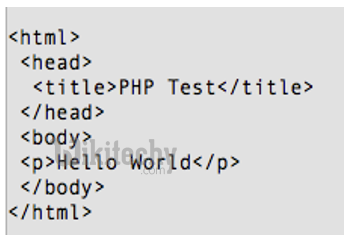Related Searches to introduction to php
introduction to php pdf
introduction to php wikipedia
what is php language
history of php
what is php used for
how to become a php developer
online php classes
online php course
online php courses
php developer course
php development tutorials
php tutorial for beginners pdf
php programming
php programming language
php server script
php software development
php tutorial for beginners pdf
php web development
php website project
php.com
php-development
php-help
phpmyadmin sql
programing php
php programming courses
php training course
php tutorial classes
introduction to php ppt
advantages of php
full form of php language
introduction to php programming
PHP tutorials php tutorial for beginners tutorial php php website learn php online php programs php programming language php online course php mysql tutorial php example php training php source code php 7 tutorial tutorialspoint php php url script php advanced php tutorial php web development php javascript php ajax tutorial php lernen php code generator php for dummies php developer online php classes online php course php developer course php development tutorials php tutorial for beginners pdf php programming language php server script php website project phpmyadmin sql programing php php programming courses php training course php tutorial classes php tutorial for beginners pdf tutorial php class php tutorial for beginners with examples pdf php tutorial point php interview questions php pdf php basics php syntax php tutorial for beginners php tutorial pdf sphp tutorial 